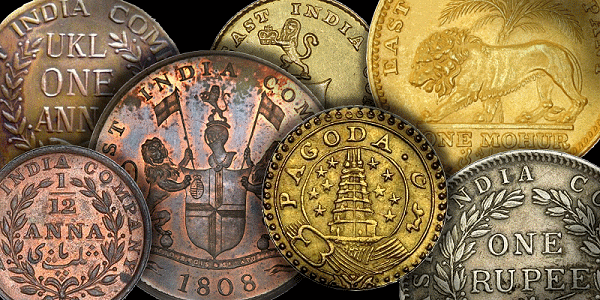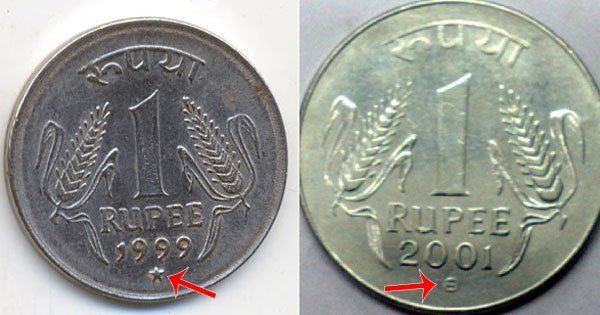All of us spend every day of our life dealing with money and transacting with it. Yet, how well are we informed about the Indian coins? With a history that dates back to 6th century B.C., the coins do have some interesting facts! In this article, we will go on a journey that tells us the the story of modern Indian coin..
With many small states emerging during the 6th century, trading activities grew rapidly. The nishka, karshapana, shatamana, vimshatika were coins of different weight and value. The coins of this age were mainly made of silver and copper.
The coins of the next age were issued by the Indo-Greek kings,which have been found in various places of modern Afghanistan, Pakistan, and India. They carry detail information about the issuing monarch, the year of issue and sometimes an image of the reigning king. Coins were mainly made of silver, copper, nickel and lead.
The gold coins of the Guptas were known as 'dinaras' and depicted the reigning monarch in different poses. The writings on these coins were in Sanskrit. After the fall of guptas, the Turks invaded in 11th and 12th century. The various dynasties of the Delhi sultans issued silver and copper coins, which carries inscriptions in Perso-Arabic script.
One of the sultans of 14th century, Muhammad bin Tughlaq circulated bronze and copper coins. But his measures failed miserably due to wholesome forgery of the currency notes.
Over the period from 1526 to 1857, the Mughal empire ruled over India and their coinage can be sorted into four phases- the regional phase from 1526 to 1556 with emperors Babur and Humayun, the classical phase (1556-1707) with Akbar, Jahangir, ShahJahan and Aurangzeb, the decadent phase (1707-1720) began with Shah Alam I, ended with the start of Muhammad Shah’s reign and had as many as seven occupants of the throne who got there by massacring or blinding rivals.
And finally the East India company started issuing coins in its three presidencies- Bombay, Madras and Bengal. The Company rule brought the monetary system of India in direct connection with the global economic system. However, the name of the Indian currency continued to be rupee under the Company rule.
In 1862, coins were introduced (known as "regal issues") which bore the portrait of Queen Victoria and the designation "India". Their denominations were 1⁄12 anna, 1⁄2 pice, 1⁄4 and 1⁄2 anna (all in copper), 2 annas, 1⁄4, 1⁄2 and one rupee (silver), and five and ten rupees and one mohur (gold). The gold denominations ceased production in 1891, and no 1⁄2-anna coins were issued after 1877.
Modern Indian coin
The Indian coins are made in the four major Indian cities – Delhi, Mumbai, Kolkata and Hyderabad. There are also signs in the coin to indicate the place where it was made. Let us know how!
The Bombay and Calcutta Mint was founded by the British in 1829, while the Hyderabad Mint was set up by the Nizam of Hyderabad in 1903, which was taken over by the Indian government in 1950 and it started minting the coins from the year 1953 for the Indian government.
The last mint was established by the Indian government in Noida in Uttar Pradesh in 1986, since then coins are minted here.
A mark is made on every coin, which tells the place of its origin.
- If there is a ‘star’ given below the date on the coin, then this mark means that the coin is minted in Hyderabad.
- Coins minted at Noida have a ‘solid dot’ on the tail side of the coins.
- Coins minted at Mumbai have a ‘diamond shape’ mark.
- The Calcutta Mint does not make any mark on the coins.









0 comments:
Post a Comment